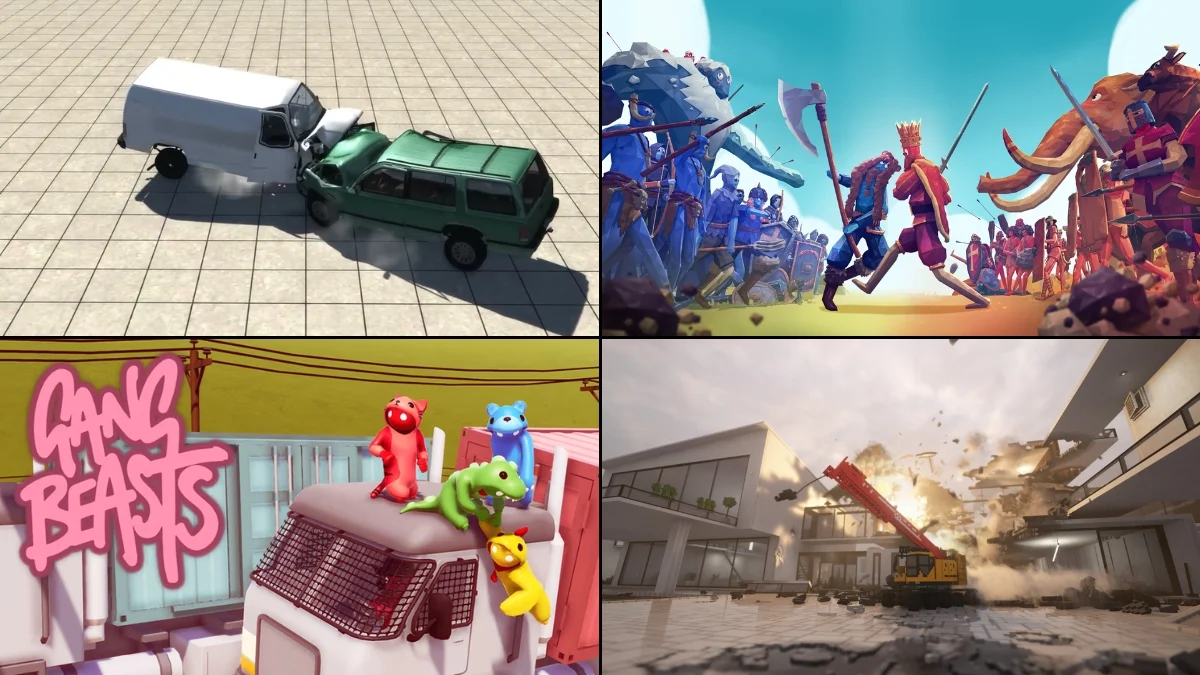
Some games allow different elements to interact realistically, and this can create surprising and dynamic situations. Instead of following a set path, your actions can trigger unexpected chain reactions that change how the game unfolds. These “sandbox” games focus on realistic physics – things like how objects fall, break, and move – meaning weight, force, and collisions are just as important as what you tell your character to do. You’ll encounter unpredictable events like objects flying around, structures crumbling, and vehicles behaving based on realistic forces instead of pre-programmed actions. Here are some games where learning how the simulation works is key to success, alongside simply being good at the controls.
‘Goat Simulator’ (2014)

Coffee Stain Studios designed Goat Simulator with over-the-top physics. Everything bounces, crashes, and flies around thanks to exaggerated ragdoll effects and powerful collisions. Things like trampolines and exploding objects send the goat (and other characters) soaring, causing chain reactions across the game world. Even the goat’s tongue acts like a grappling hook, letting you swing objects and launch yourself forward. Coffee Stain regularly updated the game with more interactive elements, making the physics-based chaos even more fun and unpredictable.
‘Garry’s Mod’ (2006)

Facepunch Studios’ game lets players directly manipulate the physics engine – things like welds, ropes, and thrusters – meaning every creation behaves realistically with weight, friction, and breaking points. A special tool allows you to move and stress-test objects, but this can easily lead to wobbly, unstable builds. Characters and vehicles react to force in a natural way, often leading to unexpected and spectacular failures, like structures exploding from too much power. Originally a modification for Valve’s platform, this game has become a popular space for players to experiment with physics and build amazing things.
‘Kerbal Space Program’ (2015)
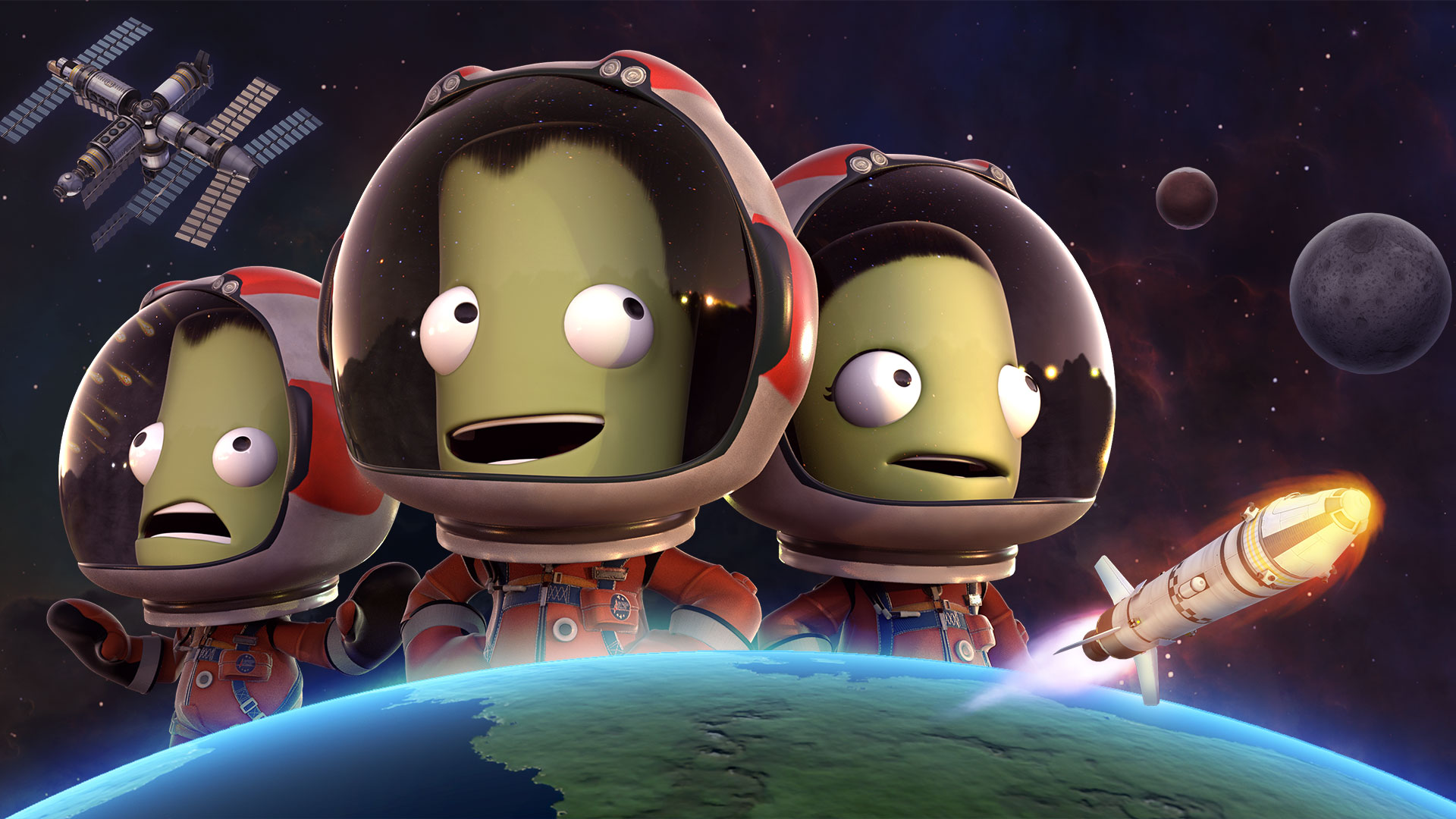
Kerbal Space Program, created by Squad, is a realistic space simulation game where you build and fly spacecraft. It accurately models how weight, engine power, and aerodynamics affect your vehicles, and even how flexible parts can cause dangerous instability. Players need to carefully design their crafts, considering weight distribution and structural integrity, as atmospheric drag and the heat of re-entry can destroy poorly designed rockets. The game uses a simplified orbital physics system, meaning even small adjustments can significantly alter a spacecraft’s path. Squad initially released the game on PC and later partnered with Private Division to bring it to consoles.
‘Besiege’ (2020)
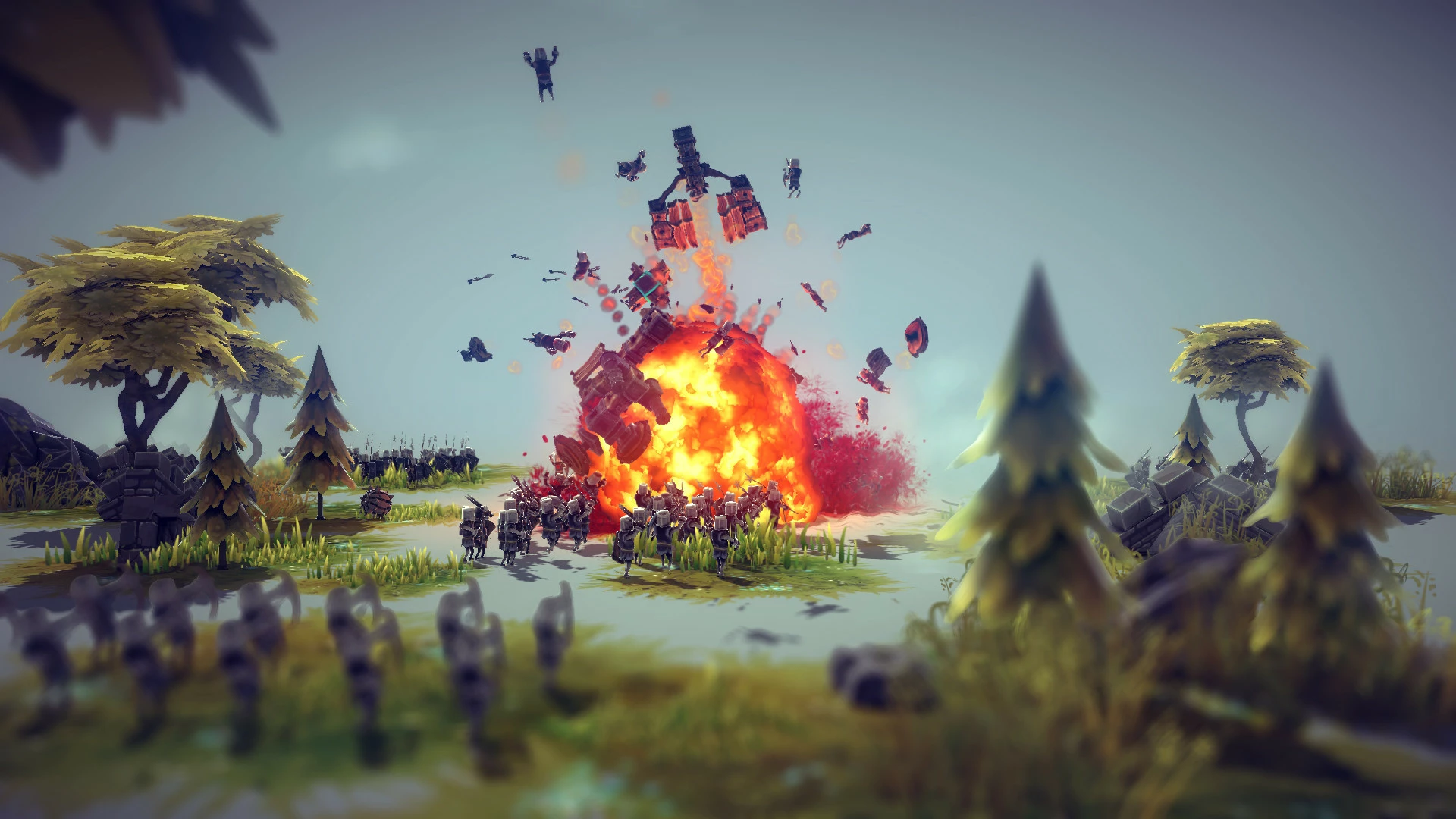
Spiderling Studios’ game lets you build complex siege engines – things like catapults and trebuchets – using wood and metal. The game realistically simulates how these machines work, including their balance, the force they generate, and how much stress each part endures. If you build something weak, it can break during a mission, affecting how it moves and attacks. Fire, explosions, and moving parts all interact realistically, meaning a hit could cause your creation to fall apart unexpectedly. After a lengthy period of development with player feedback, Spiderling Studios has now released the complete version of the game.
‘Teardown’ (2022)
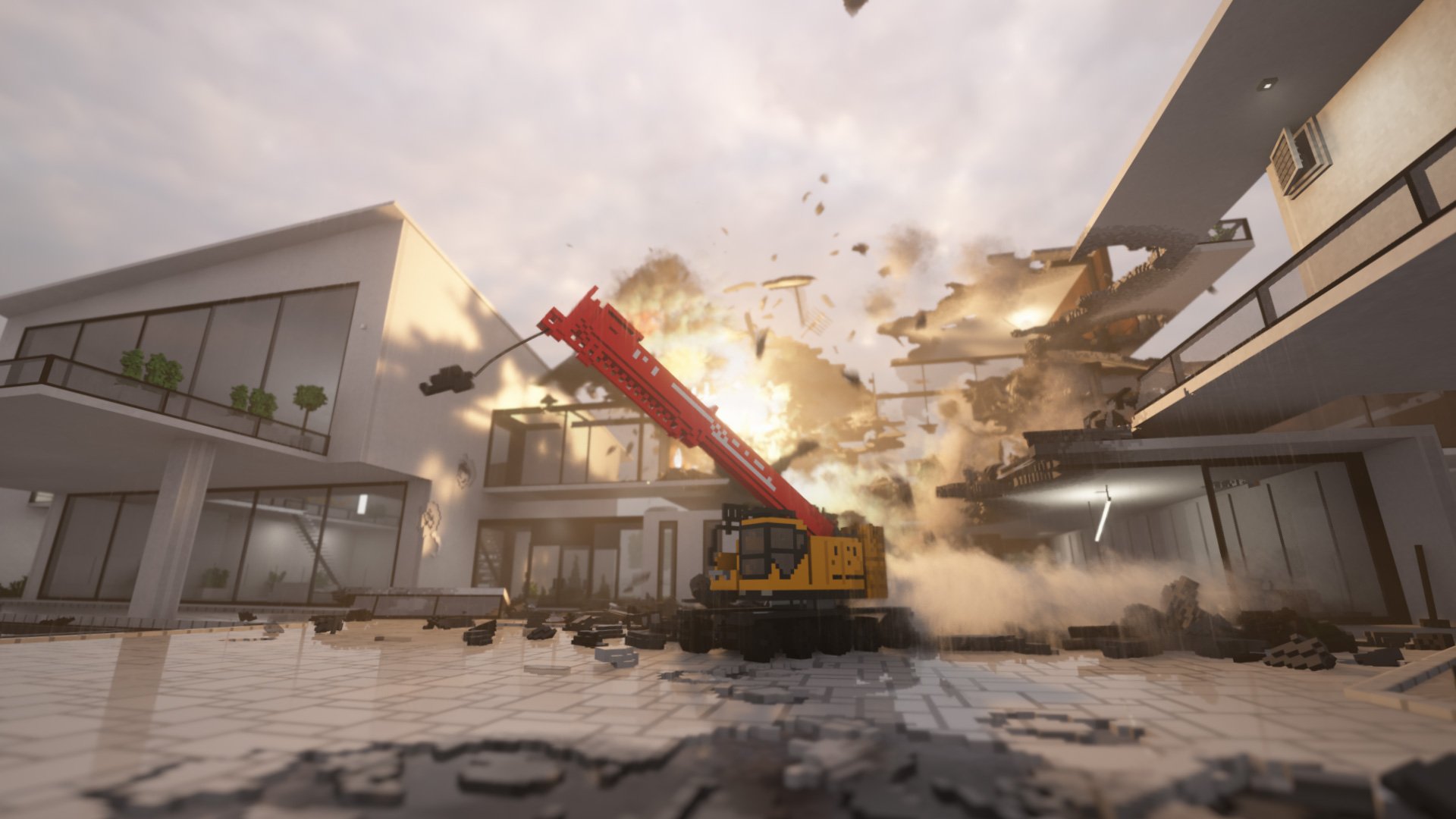
In the voxel-based world of Tuxedo Labs’ game, everything is built on realistic physics. Every action, like explosions or impacts, affects how structures hold up. Buildings realistically crumble when their supports are damaged, and falling debris changes the landscape. Fire behaves naturally, spreading through flammable materials and being influenced by wind. Developed and published by Tuxedo Labs, the game’s missions are designed around these physics, leading to unpredictable challenges and creative solutions.
‘Totally Accurate Battle Simulator’ (2019)

I’m really excited about how Landfall’s new game handles battles! Instead of just watching pre-made animations, everything feels so dynamic because it uses realistic physics. When units attack, things like weapon swings and knockback actually affect how they move – they can trip over each other, get knocked off ledges, or even be sent flying! The environment plays a big role too; a slight hill or how heavy a unit is can totally change the outcome. It’s chaotic and hilarious! And the best part is, Landfall built in sandbox modes so you can really experiment with different unit combinations and see how the physics engine reacts – it’s perfect for stress-testing everything.
‘Human: Fall Flat’ (2016)
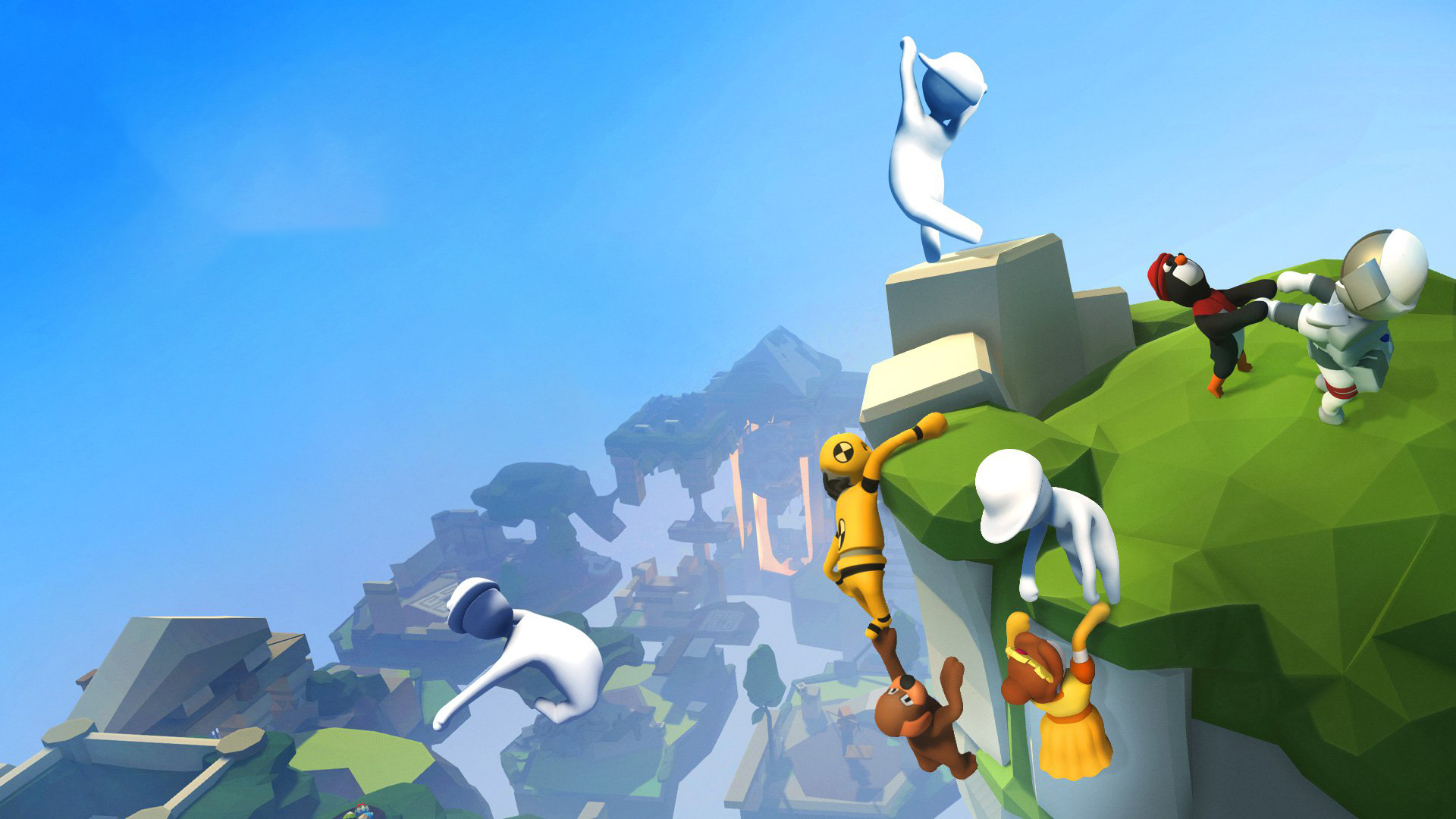
No Brakes Games’ puzzle game lets you control your character by grabbing and pulling on objects, relying on physics, balance, and timing to solve challenges. The game features boxes, ropes, and platforms that move realistically based on your weight and momentum, meaning teamwork – or clumsy jumps – are crucial. Your character’s floppy body can swing and create powerful movements, turning small actions into big swings. Published by Curve Games, the game also offers online co-op, allowing players to combine their forces and create even more dynamic interactions.
‘Grand Theft Auto IV’ (2008)

Rockstar North used NaturalMotion’s Euphoria to make characters react realistically to crashes and sudden movements. Instead of relying on pre-made animations, pedestrians now brace themselves, stumble, or fall based on the actual force of impacts, making everyday objects like curbs and car doors dangerous. How a vehicle’s suspension handles weight and collisions also affects how well it brakes and turns. All of this, combined with traffic, scattered objects, and changing weather, often leads to unexpected crashes in the game world, published by Rockstar Games.
‘Grand Theft Auto V’ (2013)

The game uses realistic physics for vehicles and characters. Cars handle differently depending on the terrain, and crashes can range from small bumps to dramatic spins and collisions. Explosions create powerful forces that send objects flying and can even start fires, impacting gameplay like chases and robberies. The online version adds even more dynamic elements with objects placed by players, making the physics interactions even more complex.
‘The Elder Scrolls V: Skyrim’ (2011)

Bethesda Game Studios’ games feature realistic physics thanks to the Havok engine. This affects everything from how characters fall (ragdolls) to how objects fly through the air and react to spells or shouts. Powerful abilities like ‘Unrelenting Force’ can send enemies and objects crashing into other things, potentially causing extra damage. The weight of items and how slippery surfaces are also play a role in how things move, sometimes triggering traps or interacting with platforms. Bethesda Softworks has consistently maintained this core physics system across all versions and platforms of the game.
‘The Legend of Zelda: Breath of the Wild’ (2017)

Nintendo’s development team has created a game world where everything interacts realistically. Metal objects, wind, and temperature all affect how you move and fight. You can even freeze objects to store energy and then release it to launch things – or cause unexpected bounces! Things like rolling boulders, wind currents, and changing weather add unpredictability to the game. Nintendo’s focus on realistic physics means players need to use creative problem-solving skills to succeed.
‘The Legend of Zelda: Tears of the Kingdom’ (2023)
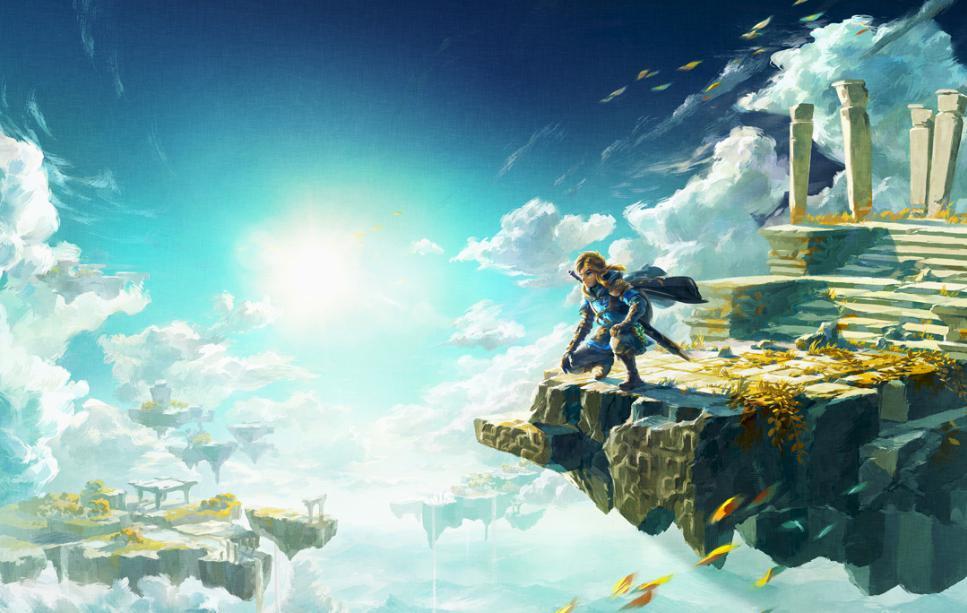
Nintendo’s development team has expanded on the game’s building system by letting players assemble vehicles using special Zonai devices. These devices control things like thrust, lift, and turning power, all of which players can customize. Attaching parts with the Ultrahand creates different weight balances, and unevenly placed engines or propellers can cause vehicles to drift or spin. Players can also use Fuse to change how weapons work, affecting their durability and how much they recoil or knock enemies back. Overall, Nintendo has created a sandbox game where objects realistically interact with each other thanks to power and gravity, leading to surprising and creative results.
‘Red Faction: Guerrilla’ (2009)
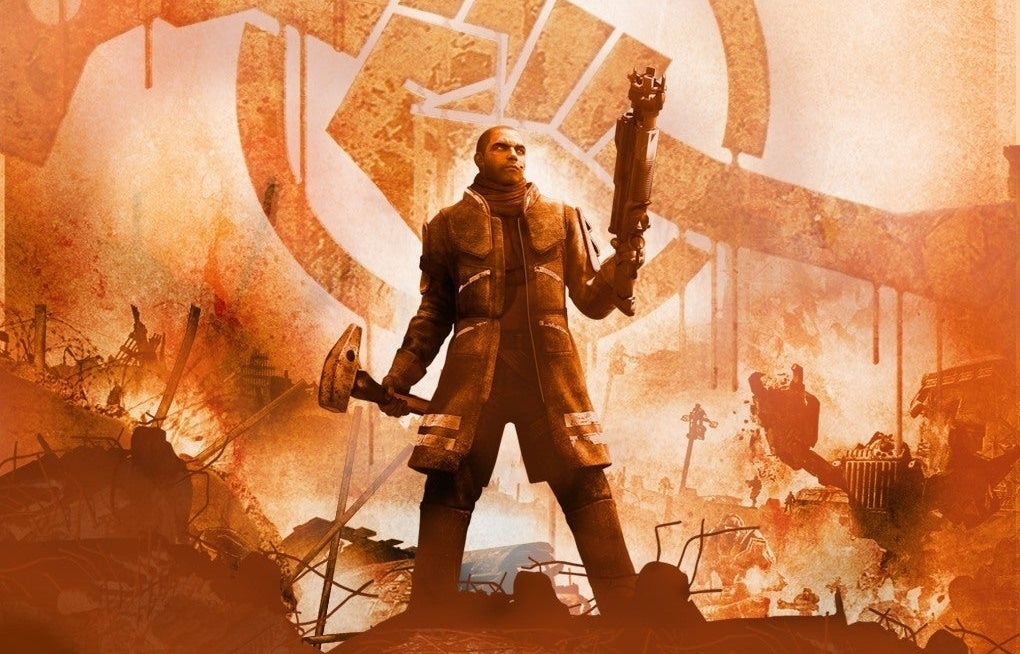
GeoMod 2.0, a technology developed by Volition, realistically simulates how buildings break apart under stress. This means strategically placed explosions can cause entire structures to collapse based on how their weight is distributed. When buildings fall, debris realistically crushes vehicles and changes the battlefield. The way a building collapses – and the resulting shockwaves – depends on where the explosions hit, even with the same structure. THQ published this technology, which is used in the game’s open-world missions to create dynamic and ever-changing environments.
‘BeamNG.drive’ (2015)

BeamNG’s advanced physics engine realistically simulates how vehicles bend, crumple, and bounce back when impacted. Factors like suspension, tire grip, and weight distribution affect how well a vehicle accelerates, brakes, and handles on different terrains. Damage from collisions isn’t just visual; it actually changes how the vehicle drives – a bent frame or damaged tire will impact control. BeamNG’s early access release showcases this incredibly realistic simulation through open-world maps and challenging scenarios.
‘SnowRunner’ (2020)
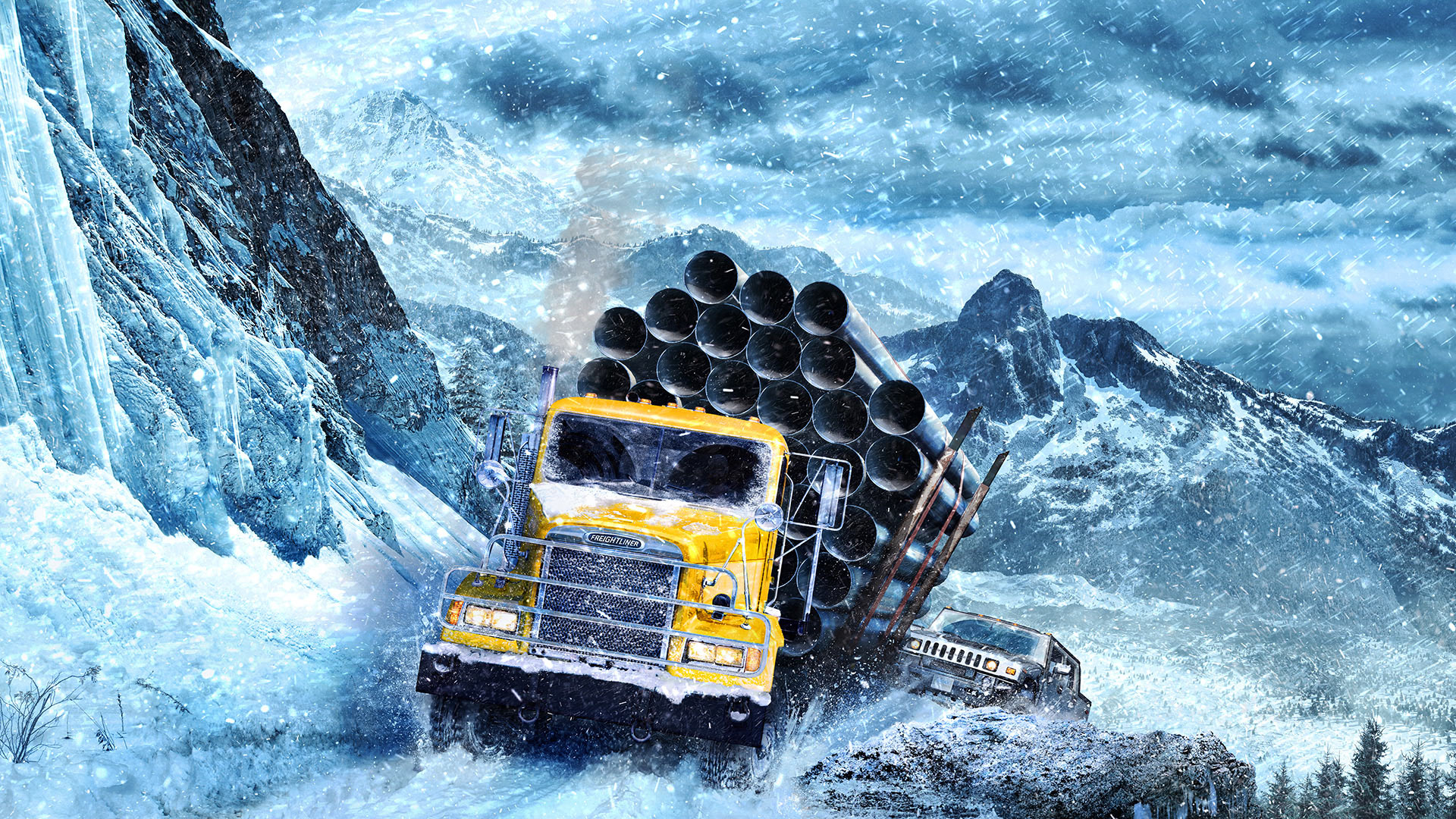
As a gamer, I’m really impressed with how this game handles off-road driving. The terrain actually changes as you drive – you can see your tires sinking into mud, snow, and water, and each surface feels different to drive on. It’s not just visual, either; it affects how much pull and grip you have. You’ve got tools like differential locks and a winch to help, and choosing the right tires makes a huge difference, but you really need to think about your angles. One wrong move and you can easily tip over or get completely stuck. Plus, the weight of your cargo matters – it shifts around and changes how stable your truck is, especially when you’re on a slope or crossing a bridge. Basically, the game feels like a realistic logistics puzzle where physics plays a big role in everything you do. Focus Entertainment published it, and it’s all about figuring out the best way to get the job done.
‘BONEWORKS’ (2019)
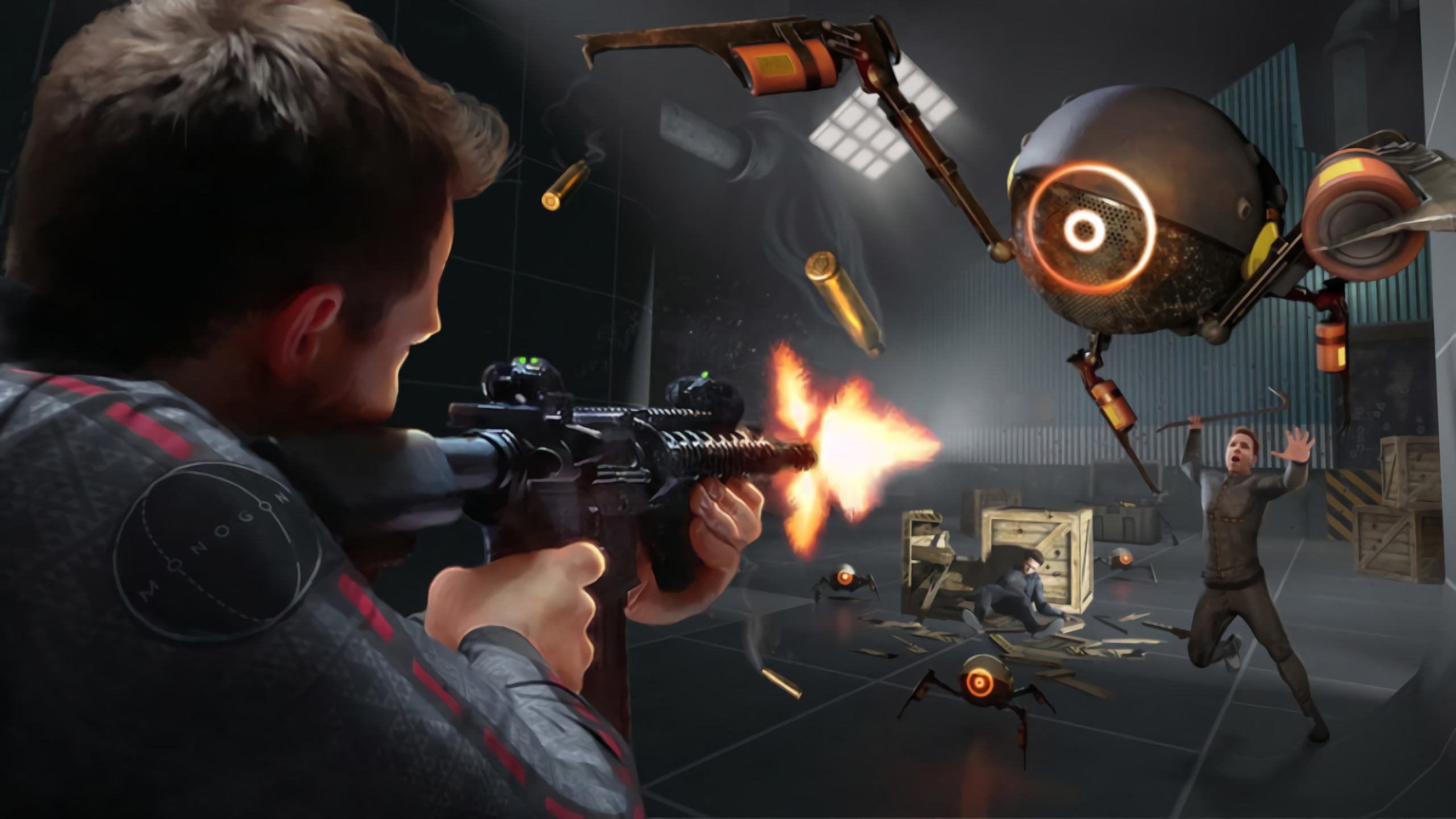
Stress Level Zero’s VR game creates a realistic experience by simulating how your body moves and interacts with objects. Weight and how you use force are key to getting around and fighting. Holding things with both hands helps keep them steady, while being off-balance can make you drop or fumble. You’ll need to be accurate with your hand movements when using things like ladders, ropes, and other objects, and pay attention to how momentum affects them. The game, created and released by Stress Level Zero, is built on the idea that everything should follow consistent physical rules.
‘Noita’ (2020)
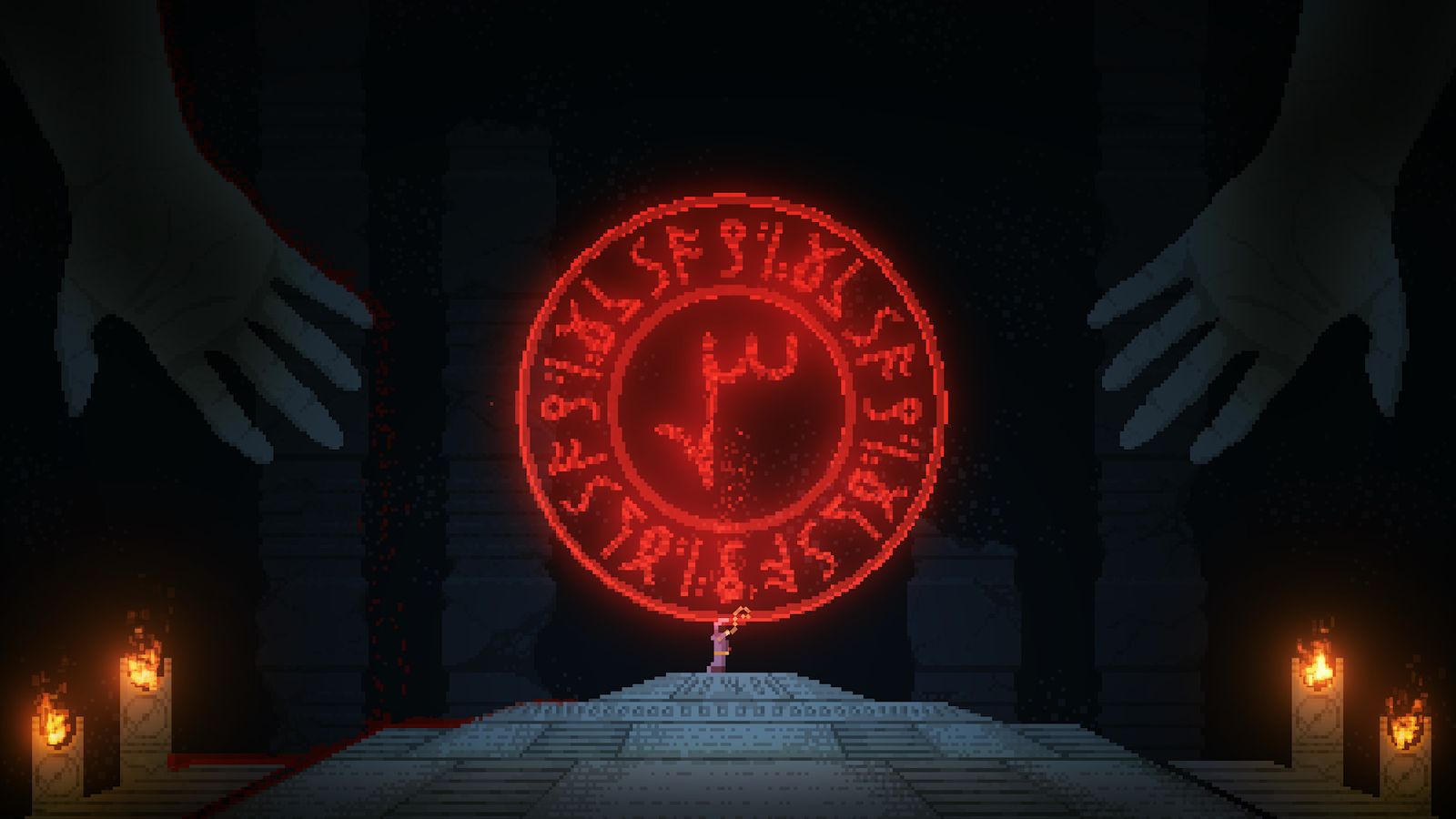
Nolla Games builds its world from tiny, simulated particles, each with characteristics like temperature and how it reacts to other elements. This allows for realistic effects – liquids flow and combine, gases can catch fire, and powders settle. These interactions can create unexpected dangers, like steam explosions or poisonous leaks. Spells and projectiles aren’t just visual effects; they actually change the environment and can start powerful chain reactions. Nolla Games developed this sandbox game, focusing on creating believable, chemistry-based consequences even from small actions.
‘Minecraft’ (2011)
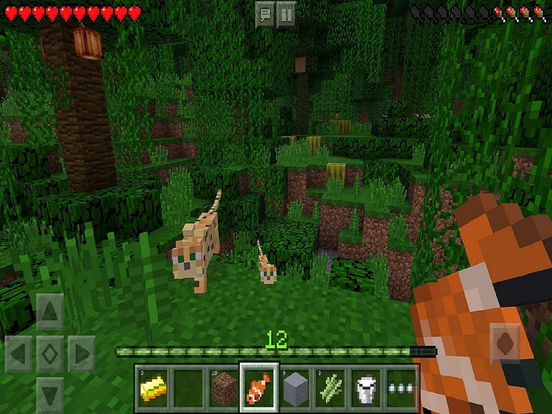
Minecraft realistically simulates how certain materials behave. Sand, gravel, and heavy objects like anvils are affected by gravity, meaning structures can collapse if their supports are removed. Water and lava flow naturally, creating currents that can move objects and players. Redstone, a special in-game material, powers devices that move blocks, but timing mistakes can cause malfunctions or even trap players. These physics-based mechanics are fundamental to the game, allowing players to build complex farms, traps, and impressive structures.
‘Saints Row: The Third’ (2011)

‘Just Cause 2’ (2010)

Avalanche Studios’ game features a unique open world where objects are connected by tethers, creating a dynamic and reactive environment. These tethers pull things together, and explosions or jet propulsion can dramatically increase the effect, leading to spectacular crashes and chain reactions. Realistic physics for planes and parachutes mean sudden pulls can even flip aircraft mid-flight. Published by Square Enix, the game gives players the tools to create elaborate, multi-object events and impressive destruction.
‘Just Cause 3’ (2015)

Avalanche Studios enhanced the game’s tethering system, letting players create complex demolitions and powerful impacts with adjustable settings. Wingsuit and parachute handling is realistic, requiring players to control lift and drag for successful stunts. Explosions and collapses spread through enemy bases as fuel tanks, transformers, and cranes are destroyed, causing structural failures. The sequel, published by Square Enix, features even more objects and destructible environments in larger outposts.
‘Gang Beasts’ (2017)
Boneloaf’s game features realistic, flexible character movements and gripping, but sometimes unpredictable, interactions. This leads to chaotic grappling where players can be unexpectedly swung, slipped, or thrown. The environment is full of moving dangers like trucks and conveyor belts that affect your balance and how your character moves. Instead of relying on pre-set animations, getting knocked down or how limbs collide depends on real-time physics and momentum. The game’s arenas are designed to take full advantage of these dynamic physical interactions, and it was originally published by Double Fine Presents before Boneloaf took over publishing.
‘Crackdown 3’ (2019)
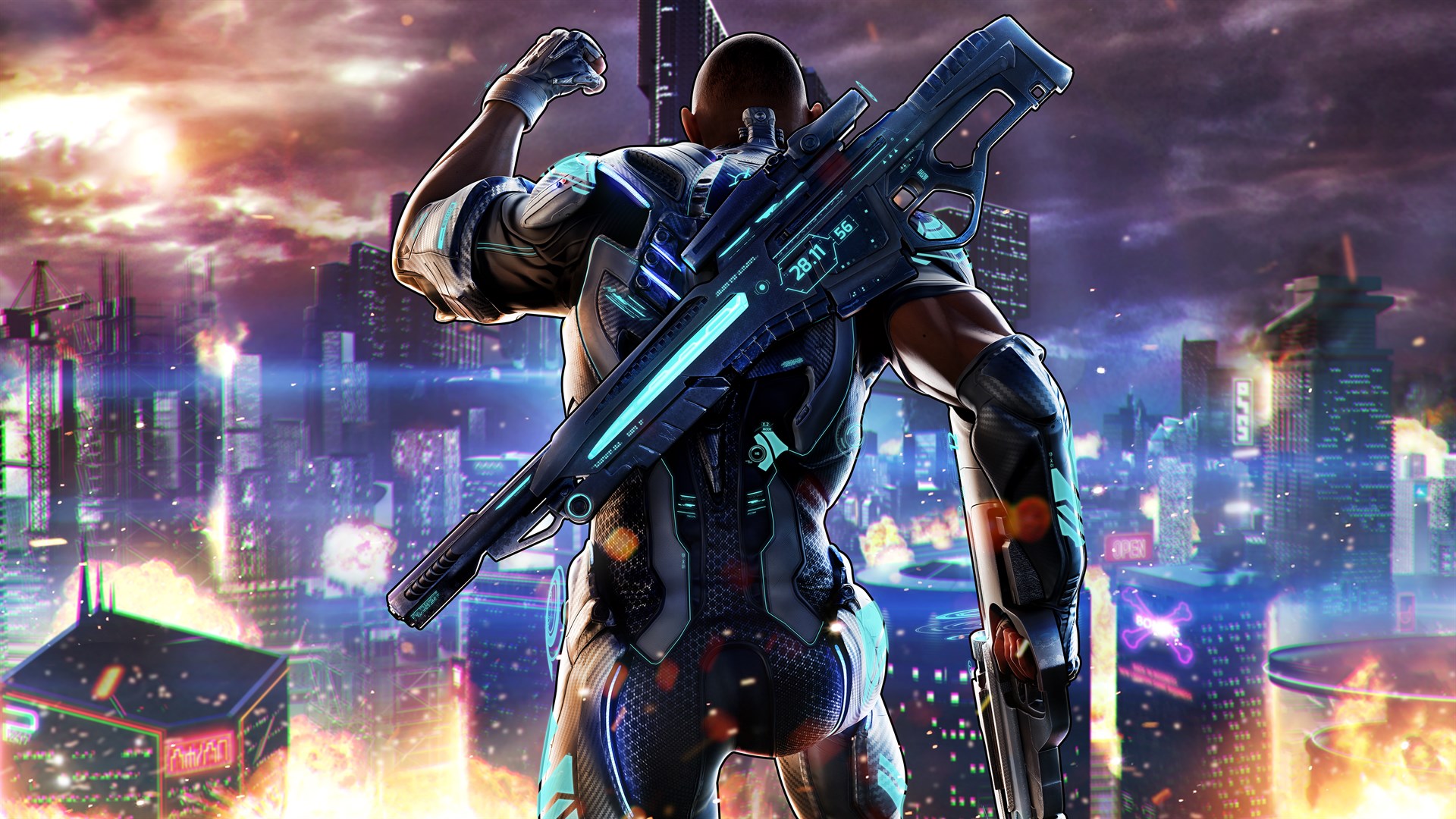
Sumo Digital’s game offers a dynamic open world with realistic physics. Explosions and vehicle impacts cause cascading damage as objects break apart and create debris. The game’s levels are designed to encourage players to move and fight vertically, with both falls and explosions having a significant impact on combat. A dedicated ‘Wrecking Zone’ mode highlights the game’s impressive destruction capabilities, where environments crumble and change the battlefield. Published by Xbox Game Studios, the game blends physics-based chaos with engaging open-world goals.
‘Universe Sandbox’ (2015)
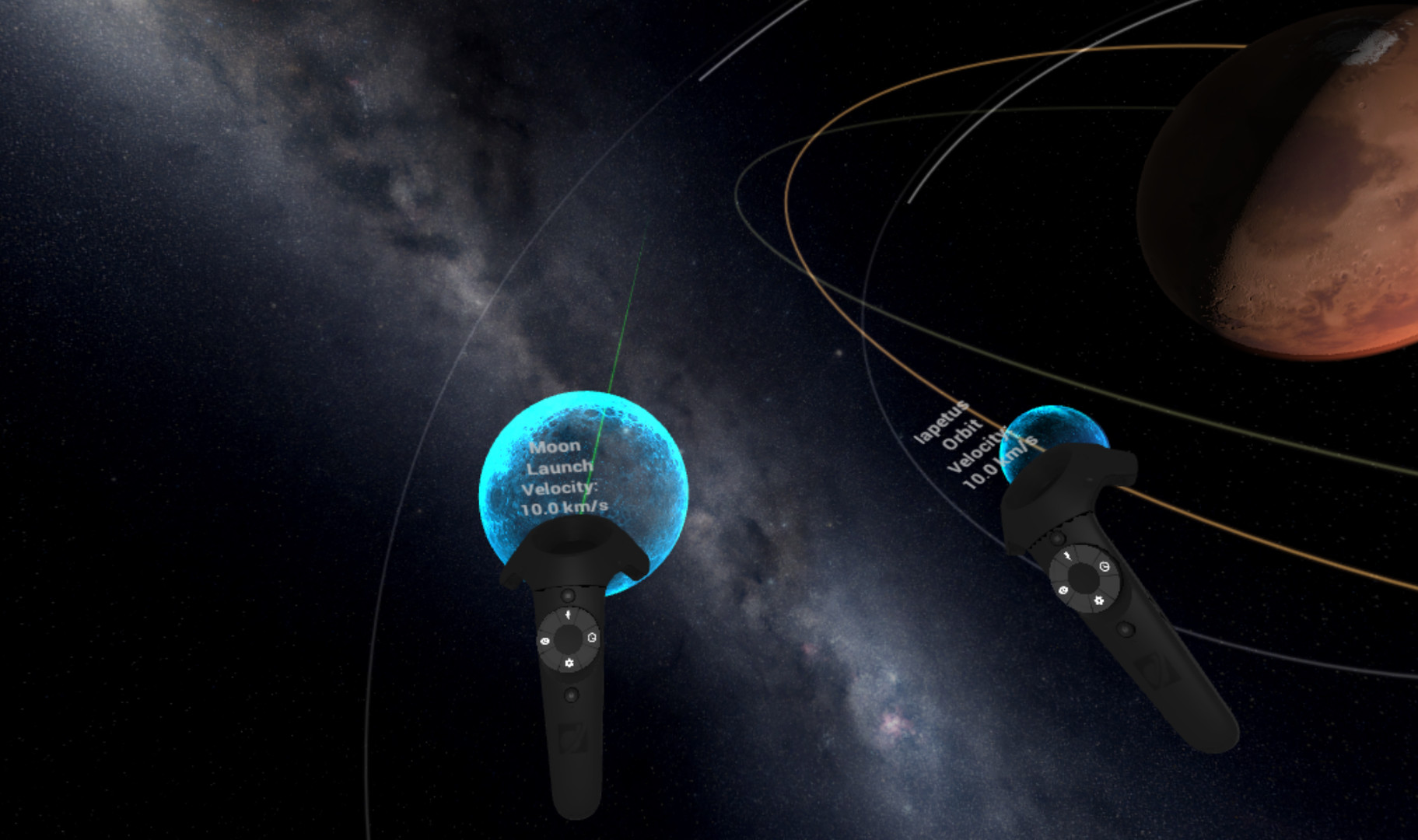
Giant Army’s simulation realistically models the gravitational interactions between stars, planets, and space debris. Even tiny changes can cause orbits to become unpredictable. When objects collide, momentum is preserved, and the impact creates heat, potentially breaking them apart or causing them to merge. The simulation also accounts for material properties and temperature, leading to effects like tidal heating, atmospheric loss, and the formation of planetary rings. Created by Giant Army, this sandbox allows users to adjust settings and destabilize entire planetary systems.
‘Wobbly Life’ (2020)
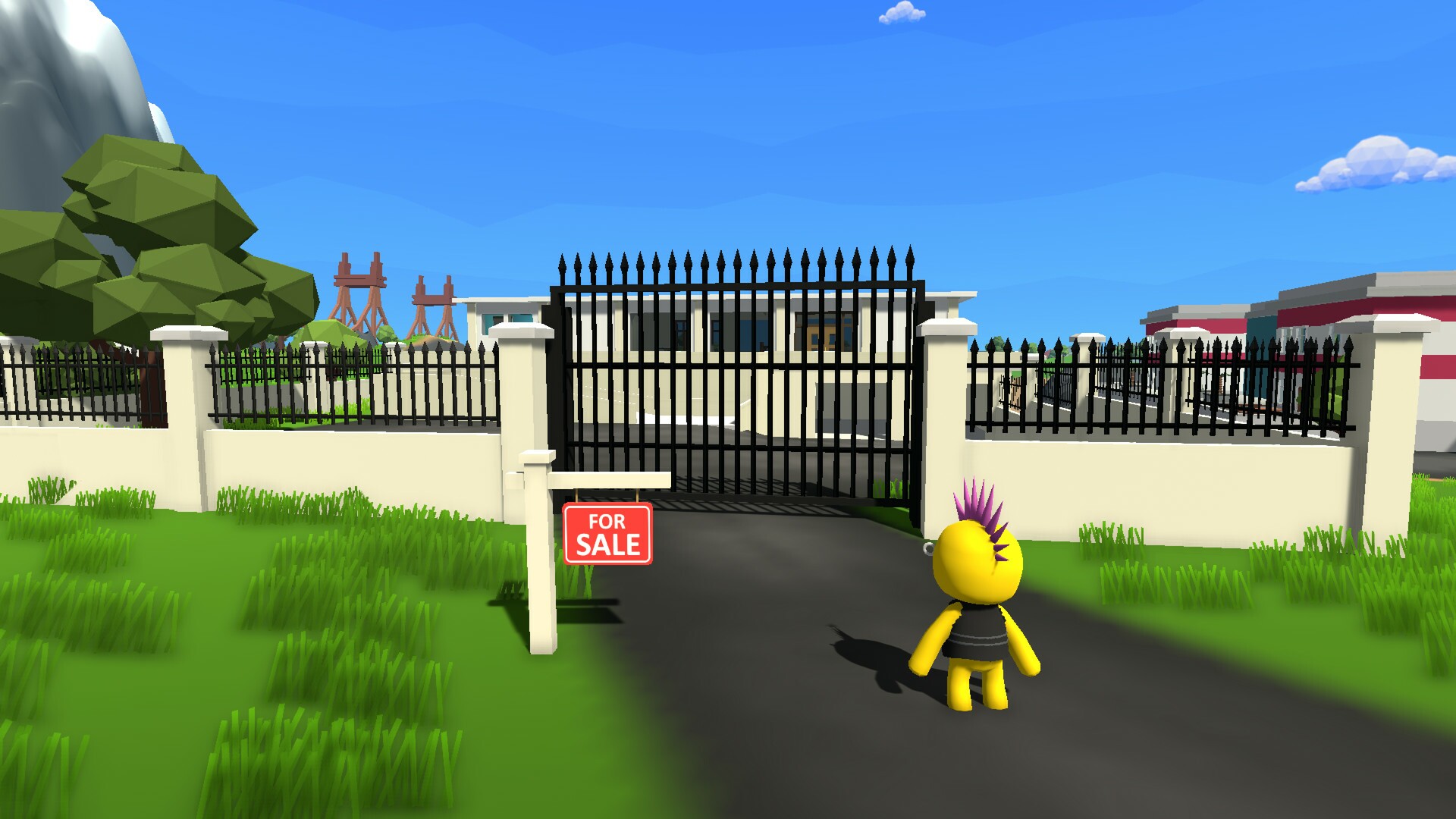
RubberBandGames’ game lets you explore a free-roaming world where everything moves realistically. Characters flop around thanks to ragdoll physics, while vehicles and tools behave like classic arcade games. You can interact with objects like boxes, parachutes, and furniture, and how they react to pushes, pulls, and surfaces impacts gameplay, especially when making deliveries or playing mini-games. Playing with friends makes things even more chaotic, as combined forces affect how you move and stack objects of different weights. Everything in the game, from activities to toys, operates using the same consistent physics.
Share your favorite “the physics did it” moments from these sandboxes in the comments!
Read More
- Broadcom’s Quiet Challenge to Nvidia’s AI Empire
- METH PREDICTION. METH cryptocurrency
- Gold Rate Forecast
- How to Do Sculptor Without a Future in KCD2 – Get 3 Sculptor’s Things
- Trump Ends Shutdown-And the Drama! 🎭💸 (Spoiler: No One Wins)
- Odyssey of Avalanche: DeFi’s New Darling, Zero Lockups! 🚀🎩
- Heights Capital Bets $16M on ImmunityBio: A Calculated Gamble?
- South Korea’s KRW1 Stablecoin Shocks the Financial World: A Game-Changer?
- Shiba Inu’s Netflow Drama: Bulls, Bears, and 147 Trillion SHIB
- Floki Price Prediction: FLOKI Extends Downtrend as Sell-Side Volume Dominates
2025-11-21 00:51